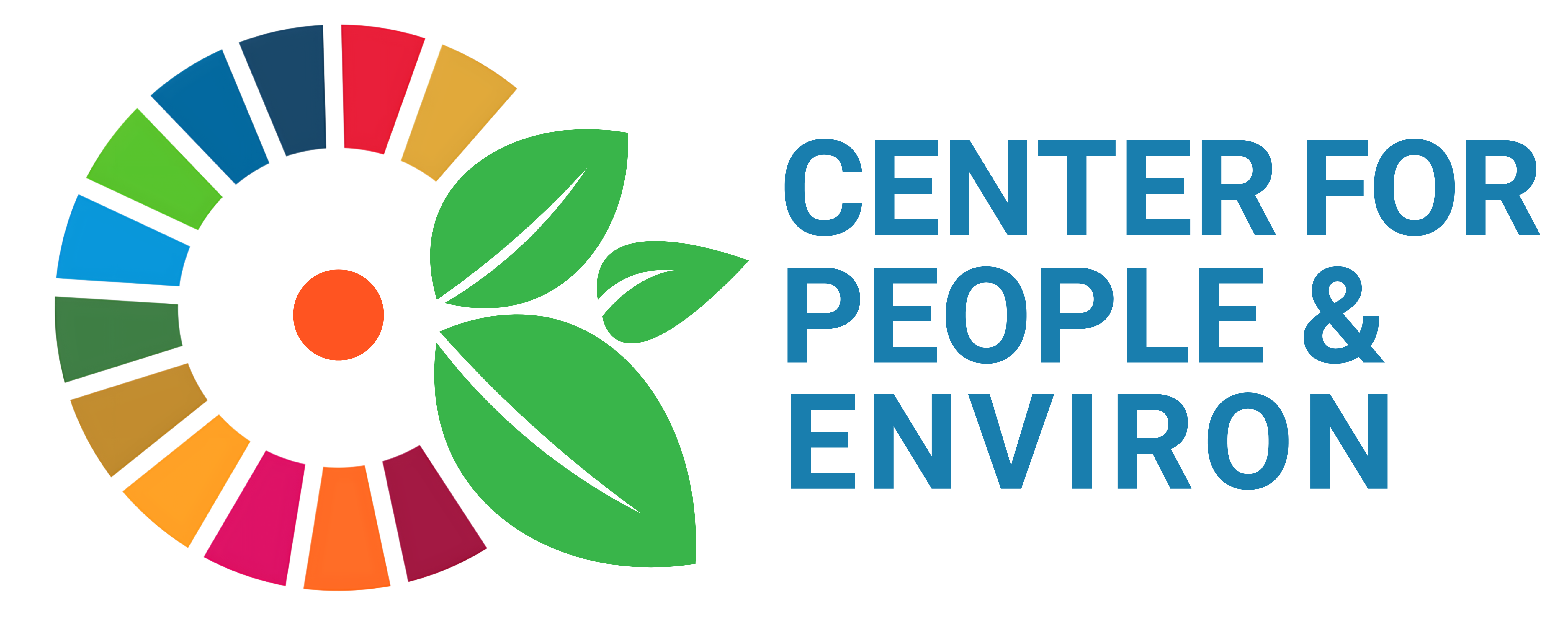Environmental Impact Assessment (EIA) of Plastics Recycling Facility” BRAC Urban Development Program led project: “Towards a comprehensive and human-centered plastic waste
Objectives
- To assess the potential environmental impacts of the proposed waste recycling plant in Cox’s Bazar.
- To identify mitigation measures to minimize adverse environmental effects and promote sustainability.
- To ensure compliance with Bangladesh’s environmental regulations and international standards.
�
Scope of the study
LAND USE PATTERN
The land use pattern will mainly deal with the land use, and land cover within the project site and buffer study area. Land use refers to man’s activity and various uses that are carried out on land. Land cover refers to natural vegetation, water bodies, rock/soil, artificial cover, and others that result in land transformation. A land use / Land cover map will be developed using geographic information & satellite imagery of the project area. The impact of the Project on existing Land use of the project area will be evaluated and mitigation measures will be suggested.
�
AMBIENT AIR QUALITY
An assessment of baseline air quality will be carried out to establish the status of exposure of the major sensitive receptors and to assess the background air quality at the project location. A monitoring network for ambient air quality within the study area would be decided in consultation with the BRAC. The frequency of monitoring will be 24 hrs twice a week at each station. Air sampling will be carried out to monitor the following parameters:
- Particulate Matter(PM10& PM2.5)
- Sulphur dioxide (SO2)
- Oxides of nitrogen(NOx)
- Carbon Monoxide (CO)
- VOC
�
Meteorology
Background meteorological data for the past decade as available would be collected from the nearest full-fledged observatory of the Bangladesh Meteorological Department (BMD). Data to be collected would generally cover Temperature, Barometric Pressure, Relative Humidity, Wind Speed and Direction, Rainfall and Cloud Cover. The Historical weather phenomena like the occurrence of hail, thunder, dust storms, fog, squalls, and severe storms will be observed and seasonal reported information will be covered and projected. The model that will be selected for the study is AERMOD- modified by USEPA in conjunction with the American Meteorological Society (AMS). This model will be applied for the prediction of the impact of the pollutants on the air environment. An evaluation of the impacts predicted will be made thus, recommending mitigation measures.
�
GROUNDWATER & SURFACE WATER QUALITY
An assessment of the Ground Water and Surface water Quality will be made at the relevant locations within the study area throughout the field study. The samples will be collected from a minimum of 8groundwater locations and 8surface water locations with a frequency of once a month. All the samples will be analyzed for physical, Chemical, and biological parameters including toxic organics and metals. The emphasis will be laid on collecting a composite sample from various water bodies. Recommendations will be made on –
- a) Effluent Treatment Facilities based on state-of-the-art technology to achieve the levels of the stipulated limits of CPCB quality parameters (pH, BOD, COD, TSS, TDS, O & G).
- b) Disposal of water treatment sludge.
�
Prediction of impact will be made on receiving water body due to discharge of treated effluent.
An evaluation of the impacts predicted will be made thus, recommending mitigation measures.
�
ECOLOGY & BIODIVERSITY
A detailed study of the biological environment within and surrounding the project site will be conducted. Detailed study of floral, faunal, and avifaunal elements in the study area will be carried out. Scheduled species at the Project site (Rare, endangered, critically endangered, endemic, and vulnerable) will be assessed. Locations and features of ecological significance within the study area will be identified. The impact of the project during operational phases on the biological environment will be identified and Mitigation Measures will be recommended.
�
Green Belt Development:
Recommendations will be made on the design of proper green belts in and around the project site, with the identification of plant species (indigenous & exotic) for attenuation of fugitive emissions & noise along with post-project monitoring requirements for evaluating the efficacy of the green belt.
�
NOISE LEVEL
A noise monitoring survey using a Sound Level Meter for industrial, commercial, residential, and sensitive zones in the Study Area would be carried out to characterize the noise environment. The monitoring locations will be selected to represent various land uses as deciphered in the National Ambient Noise Quality Standards. The monitoring in the study area would be carried out at a frequency of once in the study period. The monitoring at each location will be conducted on a 24-hour basis to monitor instantaneous sound pressure level (SPL) at uniform intervals (preferably 1 hour). The continuous equivalent sound pressure level (Leq) during day and night time will then be determined to compare with the standards. Computer-based attenuation models shall be used for the prediction of the impact of the noise level on the surrounding environment and the working personnel. Consequently, an evaluation of the predicted impacts will be made recommending mitigation measures.
�
HYDROLOGY, GROUNDWATER AND WATER CONSERVATION
Detailed study on Hydrology within and surrounding the project site will be conducted. A detailed study of the bearing Properties of Formations in the study area will be carried out. The capacity to yield water which is governed by storativity, which indicates the amount that can be released from storage per unit reduction of hydraulic head over unit area will be furnished in the EIA Report. Depth of weathering which is the important phenomena affecting water-bearing properties of formations will be furnished in the EIA Report. Occurrence of Ground Water in the Study Area under water table and confined conditions will be studied. Ground Water Abstraction Structures in the Study Area will be furnished. Depth to Groundwater Level at the Project Site will be studied. Seasonal and annual fluctuations in groundwater levels in the area will be presented. Recommendations regarding Hydrology & Ground Water at the Project Site will be presented in the EIA Report. Detailed methods of Water conservation by Rooftop Rain Water Harvesting will be presented.
�
GEOLOGY
Detailed study on Geology within and surrounding the project site will be conducted. A detailed study of the Topography and Physiography of the Project Site & Study Area will be furnished. The Elevation Profile of the Project site and Study Area will be presented. Drainage of the Study Area will be studied. Geological Sequence of the Study Area will be presented. The subsurface profile at the Project site will be furnished in the EIA Report. Recommendations regarding Geology at the Project Site will be presented in the EIA Report. Details about Storm Water Management with the Size of Storm Water Drain at the project site will be furnished in the EIA Report.
�
LAND ENVIRONMENT & SOIL QUALITY
Baseline Soil Characteristics of the Project Site and Study Area will be studied. The impact of this project on soil characteristics more importantly from an agricultural productivity point of view will be presented. The physical and chemical properties of soil samples will be studied. A total of 08 soil samples will be collected from the project site and study area. The characterization and quantification of the different types of Solid Wastes generated in the project will be made. Recommendations of the best Techno-economic option will be adopted for minimization, mechanized handling and treatment and safe disposal of solid wastes including groundwater monitoring requirements will be presented. Prediction of impacts will be made on the land environment during the operational phase of the Project due to effluents, emissions, and solid wastes. An evaluation of the impacts predicted will be made recommending suitable mitigative measures.
�
SOCIO-ECONOMIC ENVIRONMENT
The study of the socio-economic component will incorporate various facets related to the socio-economic conditions of the study area. Human interests, aesthetic, and cultural attributes will be studied while delineating an Environmental Management Plan (EMP) for achieving desired targets without impairing the quality of life. The plant activities and development will create an impact on the socio-economic profile of the communities within the radius of the plant. Socio-demographic features will be studied to understand social and economic problems and identify potential solutions. To understand the socio-demographic status and the trends of the communities within a 10 km radius, census 2011 & 2021 will be contemplated and necessary data will be collected and compiled from it. Baseline information will be collected to delineate the socio-economic profile of the study area. The process-related database thus to be generated will include
- Demographic structure
- Employment pattern
- Infrastructure base in the area
- Survey observation and recent available facilities in the surveyed area
- Quality of life of the people within the study area
- Public awareness and concern about the project
�
Methodology
Step-1: Baseline Studies
Step 2: Estimation of Impact Loads
Step-3: Assessment of Environmental Impacts
Step-4: Formulation of Management Plans:
Step-5: Preparation of Reports
�
Site Reconnaissance: Visits to the project site to assess its physical characteristics and surroundings.
Analysis of Maps and Plans: Examination of maps and land use plans to understand the spatial context of the project area.
Literature Review: Review existing studies, reports, and publications related to the project location and similar initiatives.
Desk Research: Collecting data from relevant documents, databases, and online resources.
Public Consultations: Engaging with stakeholders, including local communities and authorities, to gather input and perspectives on the project.
Field Observations and Studies: Direct observations and studies will be conducted in the field to assess environmental conditions and impacts.
Laboratory Analysis: Samples will be collected from the field for parameters such as water quality, air quality, and soil composition and will be analyzed in the laboratory.
Funded By






